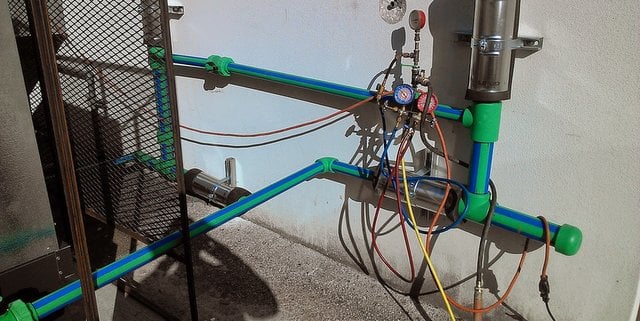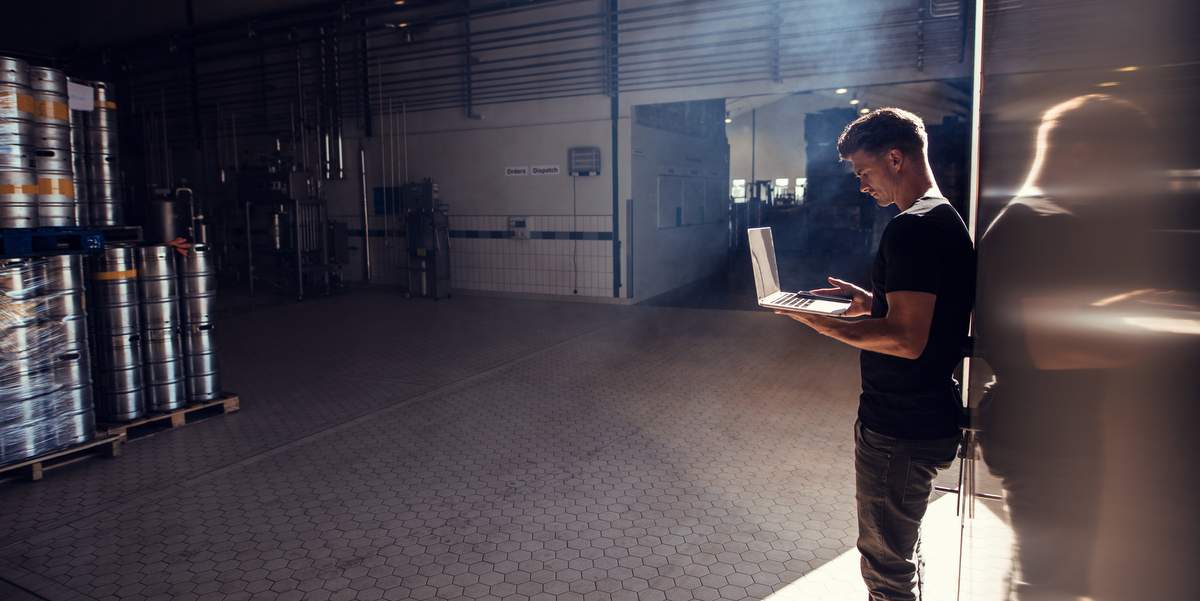Internal sensory panel tastings for craft breweries are a no-brainer. Gather up your smart beer brains and have them help you identify good and mediocre beer recipes, look for off-flavors and analyze things like bitterness, color and (my favorite) mouth feel, making sure you’re producing beers that live up to your brand’s quality halo. It’s really just an inexpensive way to evaluate your product while doing R&D or before releasing them into the marketplace.
The Siebel Institute of Technology is big on flavor evaluations. The Siebel Institute is a vocational college located on Goose Island in Chicago that focuses on brewing science. It also does a ton of online training. A while back the organization released a nice, condensed three-plus minute video on standardizing beer tastings for research and QC purposes. Examples include making and doing the tastings exactly the same each time, eliminating variables that might distract or sway your judgement. Before tasting, swirl the sample, releasing the aromatic molecules, warming it a little and looking cool. Bring the beer to your nose, do a drive-by and then some short sniffs (don’t inhale deeply) for some aroma evaluations. Nice, right?
The Siebel Institute is also big on sensory training kits — which it sells — developed in conjunction with its Beer Judge Certification Program (BJCP). These kits can help train judges, brewers, lab folks or whoever to identify off-flavors and imperfections in beer. Off-flavor packets are usually just poured into pitchers, but the Siebel Institute just released a video noting compounds can be dosed directly into bottles for ease of service. Bottles provide certain advantages for sensory training.
Bottles can be prepared a lot earlier. Although Siebel does recommend doing tastings soon after dosing, bottles can be prepared a few hours before or up to a few days before the tasting — as long as they are sealed and kept cold. Spiked bottles are easier to move and serve than pitchers, and tasters can also pour their own samples. Many of these off-flavor compounds come in powdered format, but Siebel uses a liquid format that’s administered via a pipette rather than the powdered format used by other sensory products. This liquid format allows for preparation of sensory samples in bottled products that can be resealed after spiking for easy handling and storage. As well, using a lab pipette to measure the sensory standards allows users to customize the concentration of each compound, allowing for a variety of uses including assessing individual taster threshold levels with common compounds.
As you’ll see in the video above, spiking requires specific specs. Learn all about it in that training video. After watching that, enjoy this other video on preparing spiked beer sensory samples using Siebel Institute Sensory training kits.





Leave a Reply
You must be logged in to post a comment.